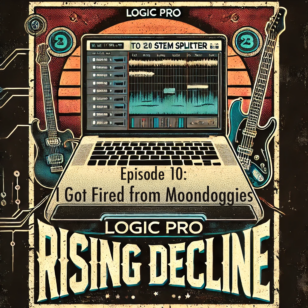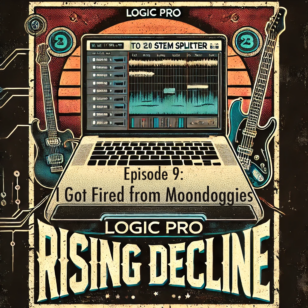Videos are traditionally linear and directive. In the classroom, videos are designed to either dispense information or teach the viewer a new skill. However, great lessons are rarely passive. Using the annotations feature in YouTube, teachers can create videos that require participation. At its most basic, students are given four choices, and they select the correct answer. If an incorrect choice is made, students watch a new video that reteaches the concept. If the correct choice is made, the initial video links a new video that shows the next step, or the next problem. Going deeper, the first video can link to several choices, and each of those choices can link to several choices.
Create an interactive video, where the initial video links to two other videos. YouTube Annotations will be leveraged to build interactivity into the videos. Unfortunately, Annotations is only available on desktop computers. Mobile users will view the initial video, but Annotations are not currently supported on mobile devices.
1. Introduction to the interactive genre
• The Time Machine: An Interactive Adventure!
example of interactive YouTube video
• Tell a story!
a. Write a story
b. Correct answers move story along
c. Real-life problems
d. Flow chart
2. Classroom examples
• Chemical Reactions (high school chem)
a. Complete a chemical reaction equation
b. Select the correct answer (out of 4)
c. Incorrect answers show the real-life experiment failing with the incorrect chemical
d. Correct answers show the real-life experiment succeeding and the final chemical created
• We’re in Treble! (beginning music notation)
a. A new musician begins an adventure
b. Along the way, clues are given, problems are encountered, and the viewer must correctly identify correct music notation to keep the plot moving along.
c. Incorrect answers change the plot of the video, beginning with a brief, in-character reteaching lesson.
• Enter the Welcome Wagon (2nd grade social studies)
a. Students will read a map, and give directions to the nearby library.
b. Student choices will affect the driver’s choices, and the path on the map.
c. Dozens of choices are possible for students, giving them freedom to “drive” through a small town, video clip-by-clip, and learn how to navigate Cartesian coordinates.
3. How to Create an Interactive Video
Together as a group:
• Plan! Create flowchart showing various paths/choices.
• Record and upload separate videos. Add videos to a playlist.
• Make first video public and all others unlisted.
• Use annotations to add links to end of scenes.
• If right, continue with story/lesson. Rewards: better story, better ending, higher-ordered thinking, more difficult problems.
• If wrong, reteach. Consequences: different story ending, slower video pace, less content.



